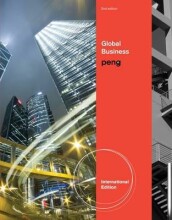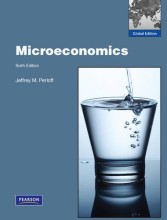Explain the concepts of IB and global business
19 important questions on Explain the concepts of IB and global business
Explain how value is created from a firms resources and capabilities
Explain how resources and capabilities can be analyzed using the VRIO framework
Explain how formal institutions affect domestic and international competition
- Higher grades + faster learning
- Never study anything twice
- 100% sure, 100% understanding
How local firms compete with MNES
Use the resource-based view and the institutional trade view to show why nations trade
List the factors that influence the foreign exchange rate
Explain how FDI creates OLI advantages
Benefits of ownership, location and internationalization
Distinguish between different political views of FDI
Discuss how resources and institutions can help overcome the liability of foreigners
Compare and contrast first mover, versus later movers
Discuss characteristics of an entrepreneurial firm
Explain why firms undertake acquisitions?
Explain why acquisitions often fail
Explain how institutions and resources influence acquisitions and alliances
Explain how institutions and resources affect strategy, structure and learning
Describe the four p's
Discuss how resources and institutions affect the supply chain management and marketing
Explain the principal-agent conflicts and the principle-principle conflicts
The question on the page originate from the summary of the following study material:
- A unique study and practice tool
- Never study anything twice again
- Get the grades you hope for
- 100% sure, 100% understanding
































